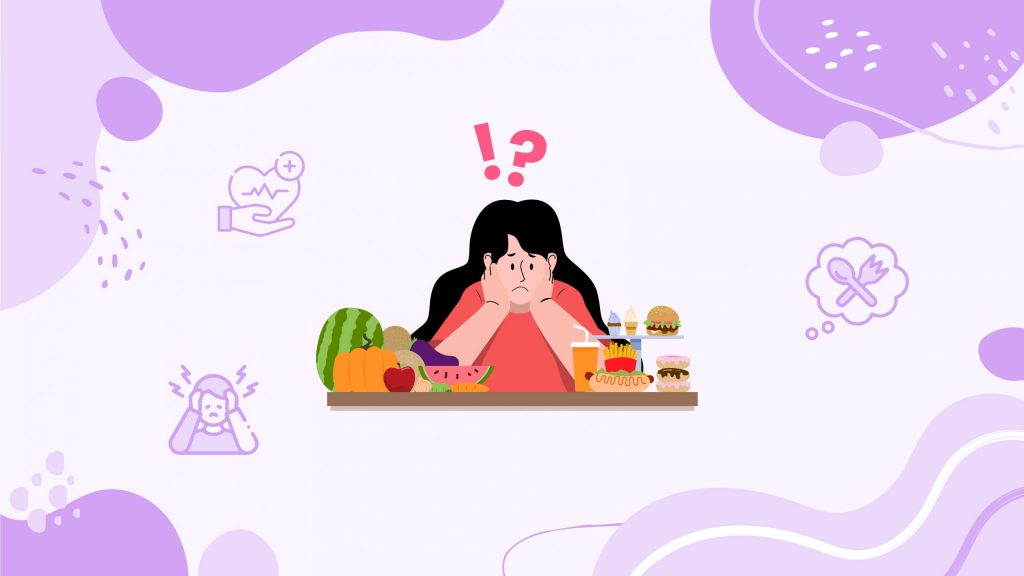Navigate the Supermarket Saga
Grocery shopping – it sounds simple, right? But let’s be real: it’s like stepping into a willpower war zone. Imagine this: you march into the store, armed with a list and a resolve of steel, vowing to buy only what you need.
But what happens next?
Before you know it, your cart’s overflowing with all sorts of things – those chips you love, that new ice cream flavor, oh, and isn’t that a cute mug? Suddenly, your well-planned list seems like a distant memory.
Sound familiar? You’re not alone.
It’s a classic tale of intention versus impulse, played out in the tempting labyrinth of supermarket aisles. With all those choices screaming for attention and sneaky product placements luring you in, sticking to your list becomes a Herculean task. It’s like the store is a maze, and every turn tempts you with another delicious or intriguing diversion.
Unpack the Psychology of Shopping
Why do we sometimes lose control and make impulsive purchases? The answer lies in our brain’s reaction to the supermarket environment. The bright colors, enticing smells, and special offers stimulate our senses and trigger a response in the brain’s reward system.
Dopamine, a neurotransmitter associated with pleasure and reward, floods our brain, urging us to “buy now.” This instant gratification loop can overshadow our rational, long-term planning, making it challenging to resist adding extra items to our cart.
But there’s more to the story. Supermarkets are designed to maximize this psychological effect. They often place high-margin impulse items at eye level and end caps, making them more tempting and accessible.
Even the layout, leading customers through a specific path to expose them to a wide range of products, is no accident. It’s a carefully crafted strategy to increase the chances of impulse buys.
Moreover, emotional and social factors also play a significant role. Shopping can evoke a sense of nostalgia or comfort, driving us to purchase items that remind us of happy times. Social influences, like trending products on social media or peer purchases, can also sway our decisions, pushing us towards buying things we see others enjoying.
In essence, our shopping behavior is a complex interplay of environmental cues, emotional triggers, and neurochemical reactions.
Understanding this dynamic can help us become more mindful shoppers, resisting the lure of impulse buys and sticking to our intended purchases.
Strategic Shopping Planning
To turn the tide against impulse buying and transform your grocery shopping into a strategic mission, planning is indeed your best ally. Here’s how you can make this plan work effectively for you:
- Create a Meal Plan: Before you even make a shopping list, decide what meals you’ll prepare for the coming week. This step helps ensure that your shopping list contains only the ingredients you need, reducing the likelihood of impulsive or unnecessary purchases.
- Make a Detailed Shopping List: With your meal plan in hand, write down each ingredient you’ll need. Stick to this list as if it’s a treasure map, leading you to only the items you truly need.
- Understand Store Layout: Get familiar with the layout of your favorite grocery store. Knowing where everything is can help you create a route that avoids the sections packed with tempting treats or unnecessary goods.
- Time Your Shopping Wisely: Go grocery shopping after you’ve eaten, not when you’re starving. Shopping on a full stomach helps you resist the siren call of junk food and impulse snacks.
- Use Technology to Your Advantage: Consider using grocery shopping apps that can help you organize your list by store aisles or even let you check off items as you go, keeping you on track.
- Assess Before You Add: Each time you reach for an item not on your list, pause and ask yourself if it’s truly necessary. This moment of reflection can prevent many an impulse buy.
- Limit Your Shopping Trips: Plan to shop once a week or biweekly to reduce the opportunities for impulse purchases. Fewer trips mean fewer chances to buy things you don’t need.
By incorporating these strategies into your grocery shopping routine, you can save time, reduce waste, and most importantly, stick to your budget and dietary goals. Shopping with intention not only helps you buy what you need but also supports a healthier lifestyle and more mindful consumption habits.
Subscribe to newsletter
Get your Gut Health Starter Guide right now.
Elevate your Tuesdays with practical, science-backed wisdom propelling you forward on your gut health journey.

A Shopper’s Success Story
Meet Laura, a 42-year-old teacher who transformed her shopping habits through strategic planning. Laura used to make frequent, unplanned trips to the grocery store, often buying more than she needed, which led to wasted food and overspending.
Determined to change, she began planning her meals for the week and created a detailed shopping list accordingly. Laura also started visiting the grocery store just once a week, shopping from her list, and avoiding the snack aisles altogether.
Laura shares, “Since I started strategic grocery shopping, I’ve saved not only money but also time. I eat healthier, waste less food, and feel more in control of my choices. My weekly meal planning and shopping list keep me focused and prevent those impulsive buys that used to sneak into my cart. It’s been a game-changer for my budget and my waistline.”
In Laura’s experience, adopting a more strategic approach to grocery shopping helped her make smarter choices, leading to improved health and financial savings. Her story exemplifies how a little planning and discipline can turn the weekly grocery run into a successful mission, aligning purchases with personal goals and needs.
In conclusion, strategic grocery shopping is about more than just saving money; it’s a holistic approach to making choices that benefit our health, budget, and lifestyle.
By understanding the psychological traps of the supermarket and implementing a plan of action, we can shop smarter, eat healthier, and enjoy the positive impacts on our lives. Laura’s testimonial serves as an inspiring example of how adopting strategic shopping habits can lead to meaningful and lasting changes.


















